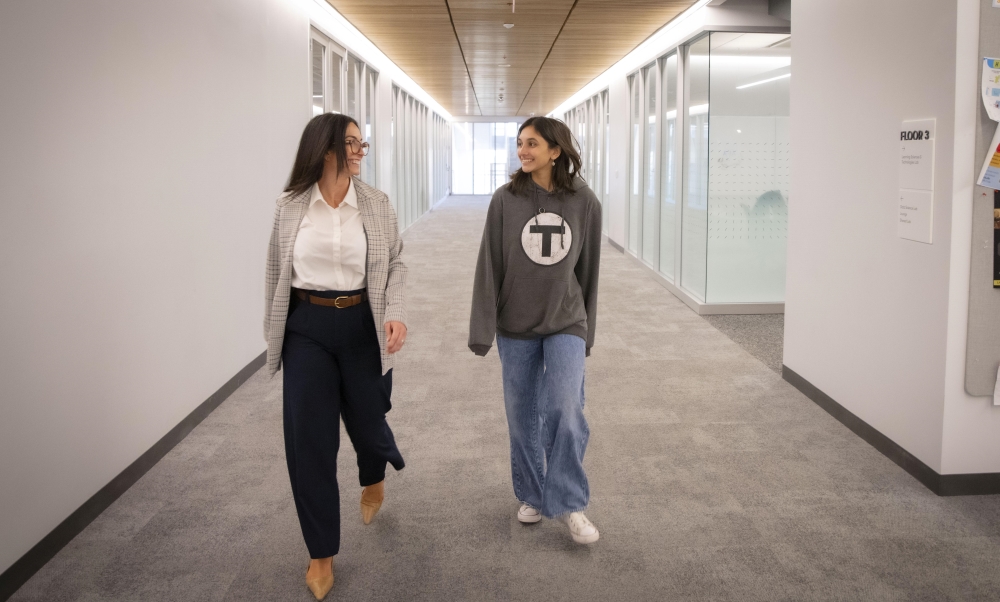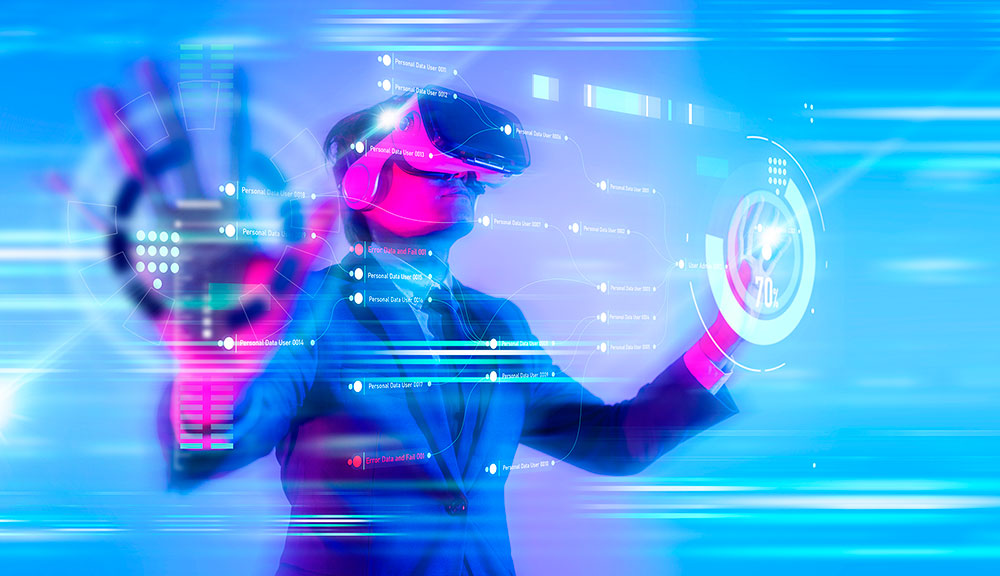Robotic surgery, medication delivery, and order fulfillment are among the functions benefitting humankind in the 21st Century, as evidenced by the Robotic Industry Roundtable held Oct. 15 at Higgins House.
Tye Brady, chief technologist at Amazon Robotics in North Reading, Dan Theobald, chief technological officer and co-founder at Vecna in Cambridge, and Russell Singleton, senior vice president of research and development at Raynham-based Medrobotics, comprised the panel moderated by Mike Gennert, director of Robotics Engineering at WPI.
“I believe that if we can figure out how to work together, to put aside normal competitiveness, then we’re all going to benefit.” – Dan Theobald of Vecna.
In the case of Medrobotics, its surgical robots “are able to get to locations without cutting open the patient,” Singleton said. “We’re augmenting surgery for surgeons; not trying to replace them.”
Likewise, Theobald said, Vecna’s robots deliver medications within hospitals, take out the trash, and sterilize surgical instruments. The effect, he said, is that nurses and other personnel are freed up to perform more essential tasks.
“We’re getting people back to interacting with patients,” he said.
And at Amazon, robots cruise warehouse aisles rounding up merchandise orders for shipment. “The more bots we have, the more jobs we’re adding,” Brady said.
In opening the Mass Econ forum attended by start-up, incubator, civic, and business representatives from throughout the region, Gennert noted that WPI’s robotics engineering program has grown to encompass more than 400 students in 20 courses.
As robotics technology emerges into a projected $1.6 trillion industry, key challenges involve the need for a collaborative approach—attracting and retaining talented engineers—and the high cost of components.
“I believe that if we can figure out how to work together, to put aside normal competitiveness, then we’re all going to benefit,” Theobald said.
Noting that a single robotic sensor can cost $50,000, he lamented that “the problem in the robotics community is that it’s still borrowing technology from other sectors.”
Responding to a question from Rich Ryan, business performance advisor of Insperity of Waltham, on attracting talent, Singleton said, “It is a collaborative effort, finding the right kind of people and creating the environment that they really enjoy.”
Massachusetts is at the epicenter of robotics technology, the panelists noted, with the state’s plethora of higher education and high tech institutions burnishing its image as a bellwether of the field.
To promote the industry, Brady advocated easing barriers for start-ups to become involved, extending educational outreach from K–12 to the university level, and community involvement.
“Robotics is unique,” Brady said. “If you can get that bot to do that task in a way that the world has not seen, folks will take note.”
As robotics technology evolves, so do economic and educational circumstances, the panelists noted.
Theobald referenced a trend in Japan in which humanoid robots care for the elderly.
“Robots should allow humans to care for humans,” he averred. Nevertheless, many low-wage jobs will become automated, he said.
“If we do it right, robots should raise people out of poverty around the world,” by freeing humans from menial jobs, he said.
Further, turnover among engineers is brisk, because they often leave a job in just over a year for a more lucrative post. Robotics offers an opportunity for fulfillment, Theobald said. “We tend to attract people who say, ‘I’m going to do something to make the world a better place.'”
As for education, technology is evolving so rapidly that some students begin to question the pertinence of their academic experience. “We need to think about how to pivot a little bit on how to provide relevance to the economy,” said Theobald.
Following the panel discussion, the group toured WPI’s new Robotics Engineering lab at 85 Prescott St.

